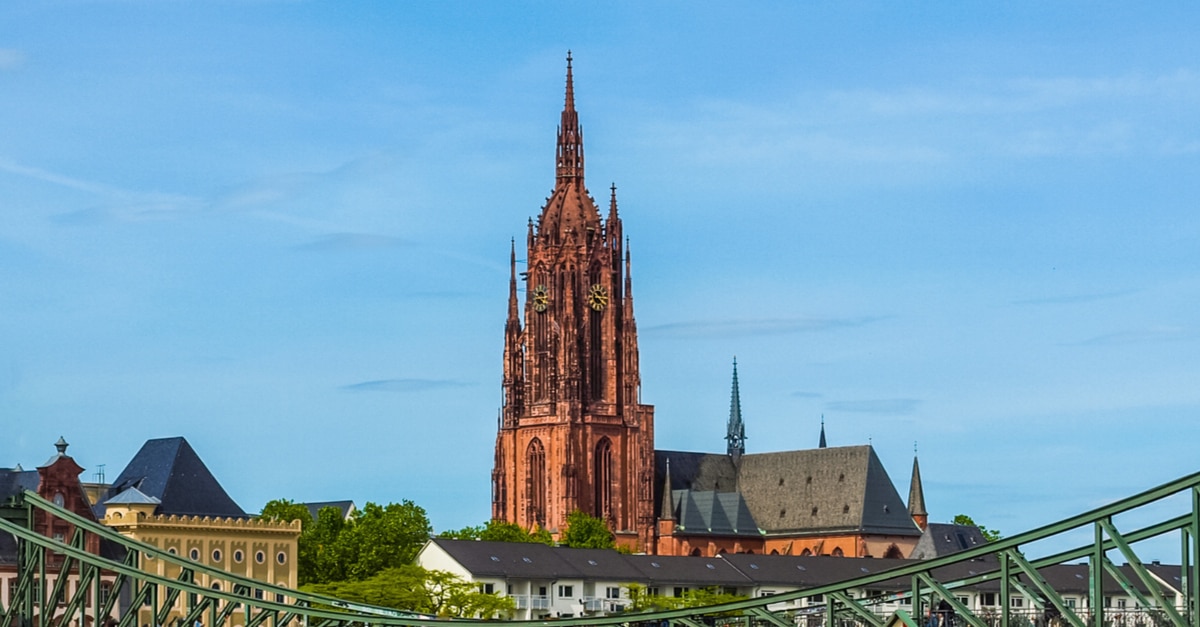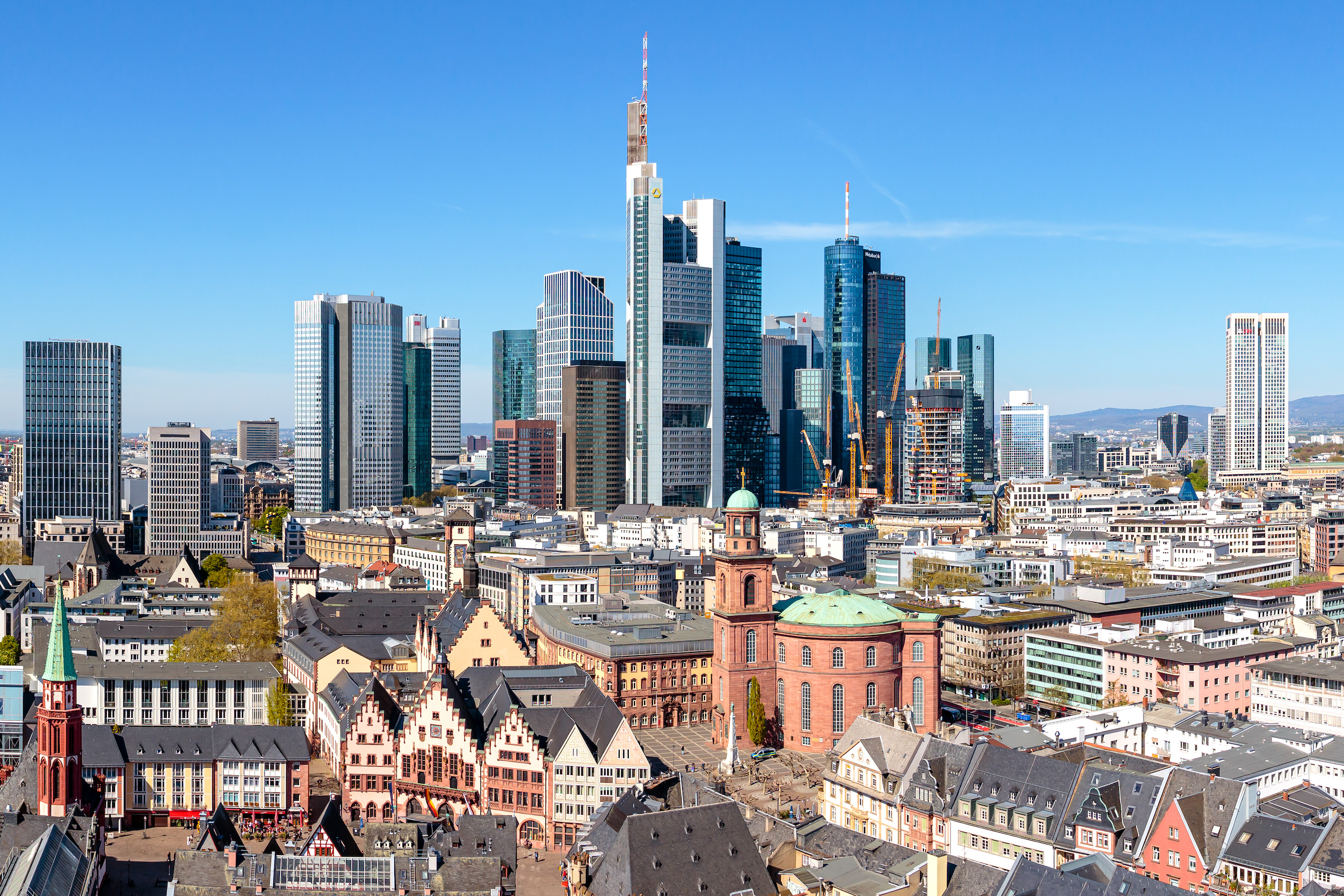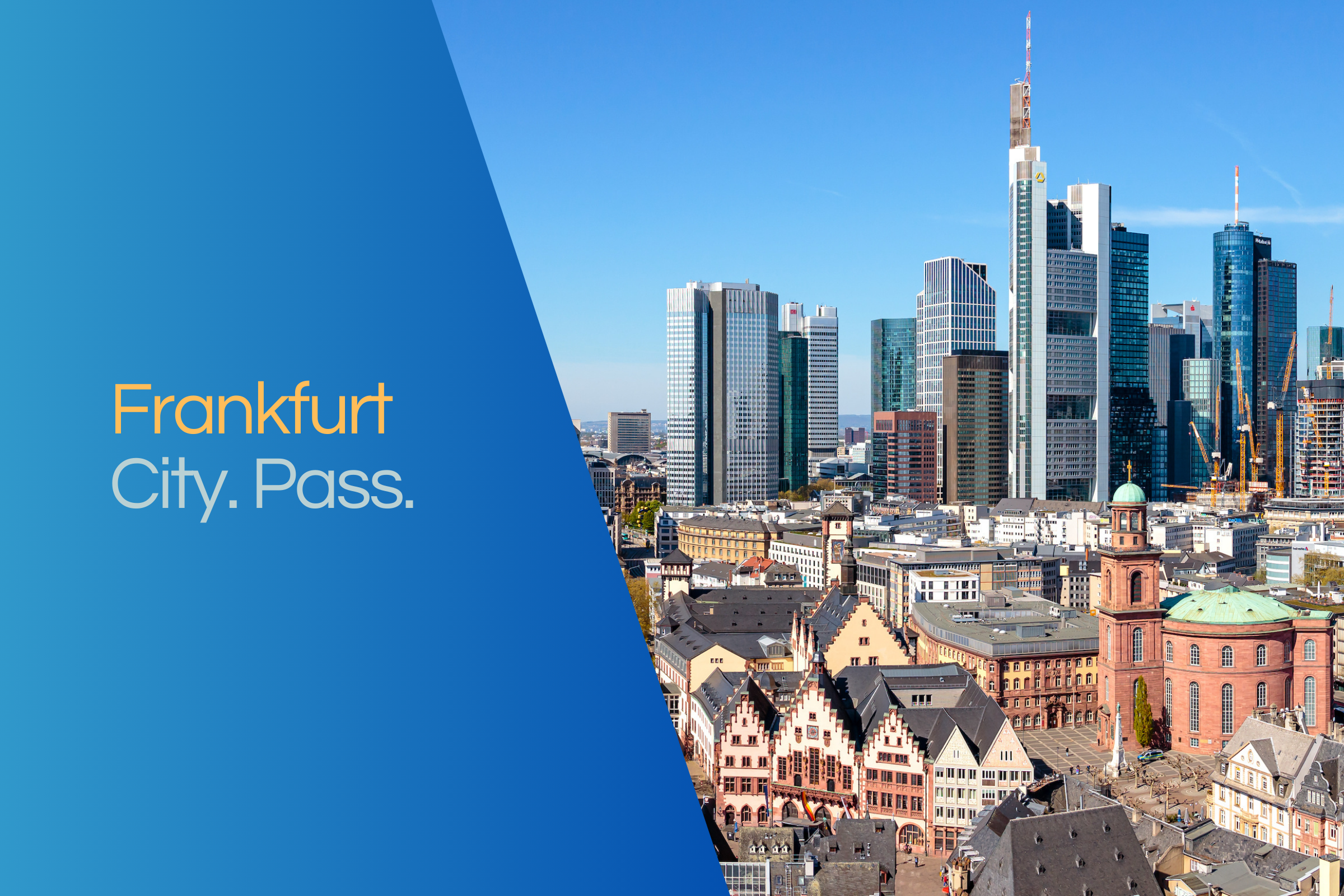Founded on the remains of a simple Merovingian chapel, Frankfurt's Imperial Cathedral is the most outstanding sacred building in the Hessian metropolis. Once a symbol of national unity, today it is an illustrative object of several centuries of Central European history.
Dedicated to St. Bartholomew
The name for Frankfurt Cathedral is Kaiserdom St. Bartholomäus. The church was consecrated to St. Bartholomew the Apostle in 1291. According to biblical tradition, Bartholomew is one of Jesus' disciples and is mentioned in three gospels as one of the twelve apostles. The church with its typical red silhouette stands on the Domplatz in Frankfurt and is an integral part of the cityscape. The interior can be visited outside of church services and cleaning work, as long as the worshippers are not disturbed. The older girls and boys of the Frankfurt Cathedral Singing School perform to enrich some of the church services and at musical performances during the renowned cathedral concerts. This school gives singing lessons to children in Frankfurt free of charge and regardless of their religious beliefs.
Observation tower with panoramic view and cathedral museum
The tour of the church, as well as the tour of the entire city, can well begin with the climb to the Dom Tower. Visitors can climb more than 300 steps in a narrow staircase to reach the 66-metre-high viewing platform all year round. On a clear, sunny day, the view of Frankfurt City Hall with its stepped gable façade, the Old Town and the River Main is magnificent. The tower houses the famous Gloriosa in the lower section. It is Germany's second heaviest bronze bell and has a particularly beautiful sound. Although the Gloriosa was confiscated as a reserve of raw materials during the Reich, it remained undamaged until the end of the war. Individually, the bell is only struck when a bishop or pope dies. In the central part of the tower there are eight other bells in the belfry with a total weight of over 10 tons. Between the Middle Ages and 1942, the dome of the tower housed a guard post. This guard was on the lookout for fires and unusual dangers. Today, the church building houses the cathedral museum and displays the cathedral treasure as well as other exhibits such as finds from a Merovingian girl's grave.
A very eventful building history
The oldest royal dynasty of the Franks, the Merovingians, built a princely dwelling on the cathedral hill at the end of the 7th century as a base for the travelling king. A small chapel built for this purpose is regarded as the oldest predecessor of the imperial cathedral. In the early 1990s, excavations under the cathedral actually revealed foundations from this period, which historians interpret as a hall church. In addition, archaeologists came across the tomb of the king's daughter or caretaker. Further extensions and alterations to the church were carried out by Carolingian rulers. In the process, a basilica with two bell towers was built in the 9th century. After many further alterations, the church experienced great turbulence in the early modern period, especially when the Reformation reached Frankfurt. Protestants fought Catholics, the church was divided in two for services. In 1562, Maximilian II, a Habsburg known for his religious compromises, was crowned emperor in Frankfurt. Thus Bartholomew's Cathedral became the imperial cathedral. After a cathedral fire during the German War and destruction by allied air raids, the house of worship was repeatedly renovated and expanded. In the last two decades, the city of Frankfurt has carried out renovations to the altar, organ, roof and facades, so that the impressive cathedral will remain with us for a long time to come as a testimony to contemporary European history.




